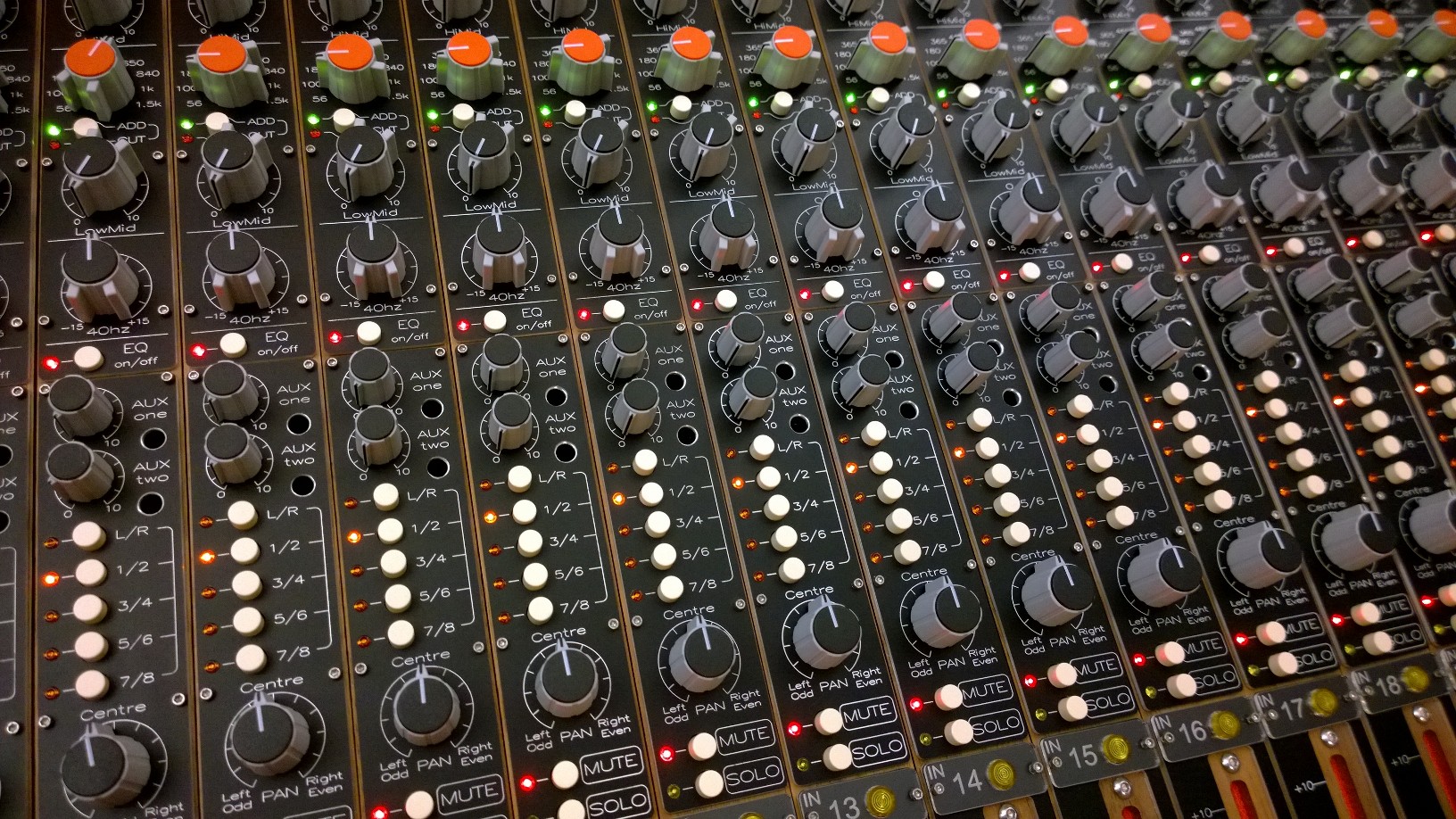warpie said:
Yep. I bought most of them from the main Australian distributor for SIFAM, but also check out https://www.selcoproducts.com/knobs - if you are based in the US. I also bought from Selco and they were also really good to deal with. They happily completed a small order for me under there minimum order requirements.
grievousangel said:
Module legends or labels?
Did you use DIY kits, etc?
Metal work?
PSU? BTW ... I still have the HUGE Tascam M5000 Power Supply Unit (+/-30VDC, +5VDC, +48VDC, +/-15VDC) with large ampere numbers! Could be utilized!
Suggestions and advice?
Thanks,
Billy
To answer your questions.
CNC Aluminum Panels for the channel labels/legends from another GDIY member here who is based in Perth(Australia).
No DIY Kits used here. This was all "designed" from the ground up. There is nothing special or new about the signal flow in my mixer, I have kept it simple and it works well. Out of all the reading material, "Small Signal Audio Design" (Chapters 16 and 17 specifically) by Douglas Self was the biggest help, I used/adapted a few of his ideas.
For metal work of the main frame I used AutoCad to design it and then sent this off to water jet cutters to cut 5mm aluminum, then used common angle brackets to fix it all together. 5mm may have been overkill, but all I can say is that it is solid as a rock. Part of my original design brief was to create something that 1 person could move/transport (that is after the modules have been removed) – and I was able to test this when I moved and it was a success. So I'm rather happy with this regard.
I built a power supply based around powerone/condor open frame PSU's. At the end of the day this option ended up being the easier way to go. However I would definitely consider using your Tascam power supply, that will give you one less thing to worry about, and if it doesnt work out, then you could look into building your own etc.
Suggestions and advice?
Don’t undertake a project like this if you think it’s a money saving exercise. When I started planning this project I started putting away a small portion of my take home pay (automatic each month) to a separate bank account dedicated to this project (and still do). Spend as much time as you can planning before dropping money, but also know that no matter what happens you will change your mind on something and you will be making modifications before you even finish it.
It will take up a lot of your time. I was pretty much living and breathing this project for a while. I have a day job in IT, so I dedicated my Saturday and Sunday mornings to the project but that is not to say I didn't spend entire weekends and weekday evenings working on it.
I'm at the tail end of the project now, but it is slow progress as I have basically finished the 24 input channels and I am able to do mixes on it, so in stead of finishing it, I'm mixing on it! Once I do finish it I plan on creating some youtube videos to go into depth of the features etc - I think this will probably help answer more questions people have of the mixer.









